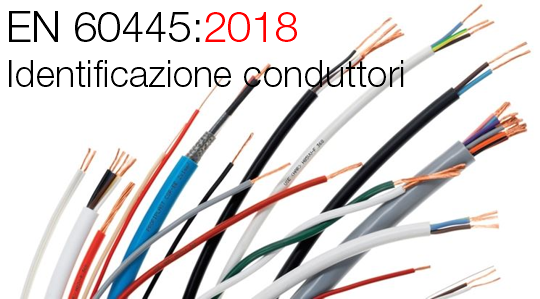Informazione tecnica HSE / 25 ° anno
/ Documenti disponibili:
45.558
/ Documenti scaricati: 34.443.343
/ Documenti scaricati: 34.443.343
ID 14844 | 28.10.2021 / Preview in attachment
This document establishes an ergonomic model for any cyclical human work planned and executed in an industrial competitive environment. It also covers the process of measuring work based on the concept of normal work performance and of the assessment of risk factors commonly associated with body postures, body or hand forces, manual material handling of loads and handling low loads at high frequency.
1. Scope
This document establishes an ergonomic model for any cyclical human work planned and executed in an industrial competitive environment. It also covers the process of measuring work based on the concept of normal work performance and of the assessment of risk factors commonly associated with body postures, body or hand forces, manual material handling of loads and handling low loads at high frequency.
This document applies to the adult working population and is intended to give reasonable protection for nearly all healthy adults. Those areas concerning health risks and control measures are mainly based on experimental studies regarding musculoskeletal loading, discomfort or pain and endurance or fatigue related to work organization and methods.
The scope of this document is any cyclical human work planned and executed in an industrial competitive environment. The most typical cases are within industries where there is the need to define an expected output (products or services) based on the optimization of the trade-off between labour productivity and health and safety.
The most sensitive organizations to this proposal are those within labour-intensive manufacturing industries with series and batch production systems:
- automotive (original equipment manufacturer and tier 1 and 2 suppliers);
- industrial automotive (trucks, buses, agricultural and mining equipment);
- industrial manufacturing (small domestic and industrial equipment or machinery);
- domestic appliances and consumer goods (white goods);
- plastic and rubber products (tires, doors, windows, shoes);
- consumer electronics (PCs, televisions, printers, radios, hi-fis, alarm systems);
- furniture;
- textiles and apparel;
- food preparation;
- packaging;
- aerospace and defence;
- rail and shipping;
- large domestic and industrial equipment or machinery;
- logistics.
Introduction
0.1 General
The literature contains numerous methodologies for measuring physical stress in manual work. Studies from different disciplines and research groups have concentrated on diverse external factors, workplaces, and jobs. Factors most often cited include forceful exertions, repetitive motions, sustained postures, strong vibration and cold temperatures.
The ISO 11228 series, ISO 11226 and ISO TR 12295 establish ergonomic recommendations for different manual handling tasks, repetitive movements and working postures. They apply to occupational and non-occupational activities and provide information for designers, employers, employees and others involved in work, job and product design, such as occupational health and safety professionals.
- The ISO 11228 series relates to manual handling, including lifting and carrying, pushing and pulling and the handling of low loads at high frequency.
- ISO 11226 gives recommended limits for static working postures with no or minimal external force exertion, while taking into account body angles and duration.
- ISO TR 12295 serves as an application guide of the ISO 11228 series and ISO 11226 and offers a simple risk assessment methodology for small and medium enterprises and for non-professional activities. ISO/TR 12295:2014, C.5, is very relevant for this document, since there is a reference to the EAWS system, which is extensively described in Annex A, being the first available ergonomic tool meeting the requirements of the EWA model.
This document can be used by industrial engineers for the application of ergonomic work allowances as a means to determine the correct quantity of cyclical work assigned to a worker in a manufacturing plant in order to meet the definition of a fair day’s work. A fair day’s work is that length of working day, and that intensity of actual work, which expends one day's full working power of the worker without encroaching upon his or her capacity for the same amount of work for the next and following days[26]. In the old-fashioned production systems (piecework-based) the fair day’s work concept was used in connection with the fair day’s wage. In this document, the studies about the definition of the fair day’s work become fundamental to connect work-study with the most recent knowledge about biomechanical load (occupational health and safety), with a special focus on the product-process design phase.
...
Preview in attachment
Collegati

Dispositivi medici - Sistemi di gestione per la qualità - Requisiti per scopi regolamentari
Classificazione CEI: 62-229
Data pubblicazione: 2022-02

ID 20440 | 22.09.2023 / Preview ISO 22163:2023 in allegato
UNI ISO 22163:2023 Applicazioni ferroviarie - Sistema di gestione per la qualità - ISO ...

ID 7592 | Update 07.10.2025
In vigore CEI EN IEC 60445:2022 - Preview allegato
CEI EN IEC 60445:2025
Principi fondamentali e di sicurezza per l'interfaccia...
Testata editoriale iscritta al n. 22/2024 del registro periodici della cancelleria del Tribunale di Perugia in data 19.11.2024